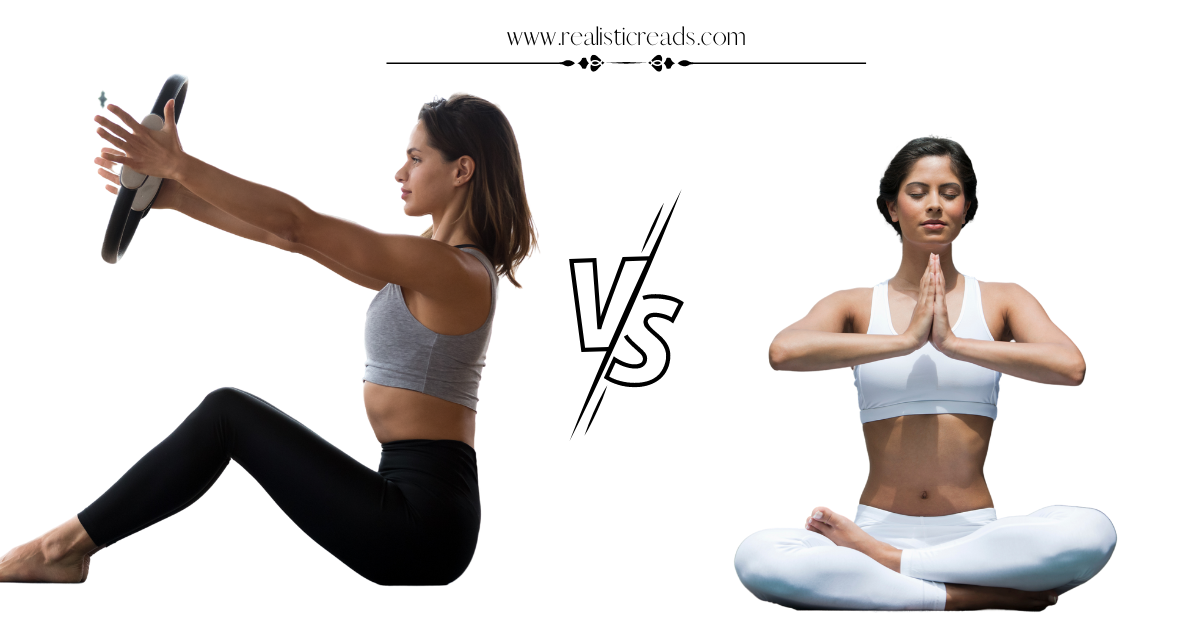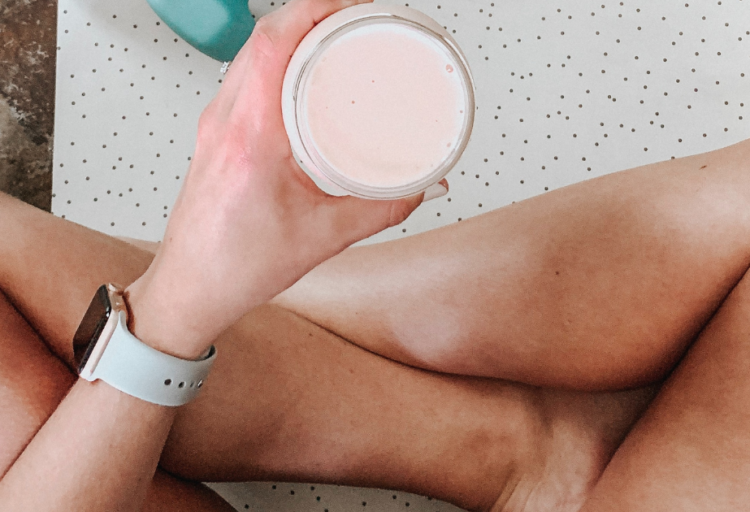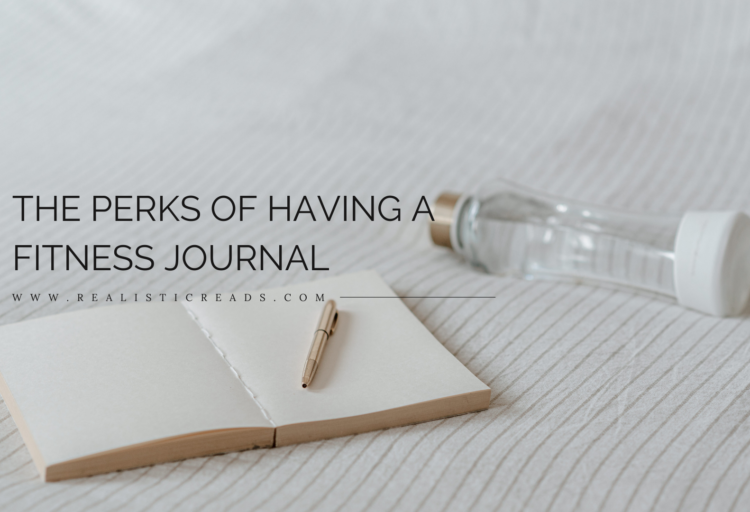Pilates & yoga are exercise modalities that are frequently compared. Although they may hold some similarities, there are differences that set them apart. These differences dictate the choice of pilates vs yoga for different individuals. The two forms of movement focus on total well-being while branching off to specific areas of the body.
The benefits of Pilates vs yoga or vice versa will appeal to you based on your fitness journey as well as goals. The best way to decide between these two exercises is to try them both. Starting with videos on Pilates vs. yoga for beginners is a great way to get started. This article focuses on 7 key elements to consider when comparing Pilates vs yoga.
Body and Mind Satisfaction
There are various reasons why people start an exercise regimen, and it is not always to feed the outer appearance. The inner benefits often outweigh the physique for some. The connection between mind and body can be found in both exercise routines, but the meditative aspect of yoga routines creates the outer and inner balance that some may be searching for.
You can obtain mind satisfaction during any pleasing workout routine, but yoga practices have deeply-rooted mental and spiritual connections.
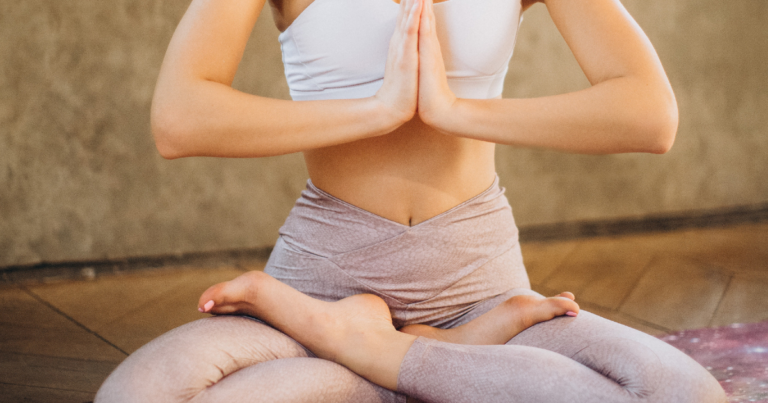
Body and Workout Response
Our bodies are structured differently. Diets, lifestyle choices, and hormonal changes amongst other factors can contribute to a workout routine being fruitless to you while benefiting someone else.
Comparing Pilates vs yoga body changes experienced by others can make your routines unsustainable when such changes are not immediate for you. Instead of solely directing your focus on the outer appearance when choosing between Pilates and Yoga, note the lasting health benefits for a worthwhile outcome.
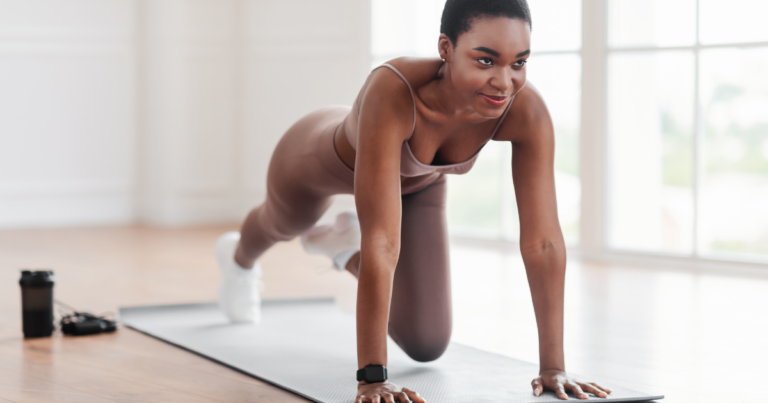
Comfort
Exercise feeds the mind, body, and soul. Choosing to engage in an exercise routine should be a lifelong decision for better health; therefore, comfort is essential. Whether your choice between the two exercises is for rehabilitation purposes or curiosity, you should be at ease with the routines.
The choice between Pilates vs Yoga for back pain or Pilates vs yoga for weight loss should also rely on the comfort level each routine can provide based on your personal circumstances.
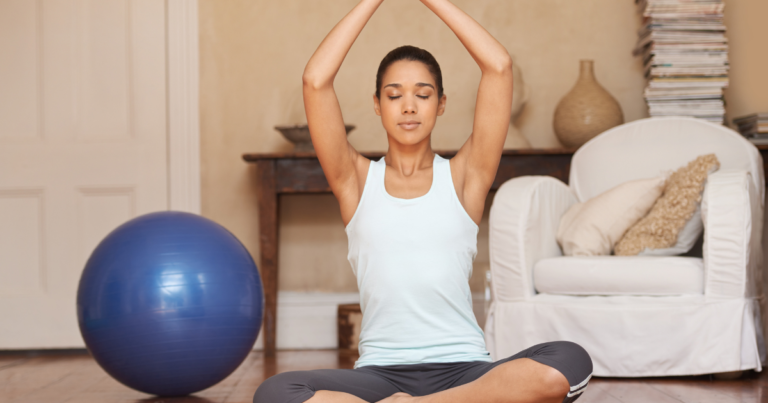
Equipment
While making your choice between Pilates and yoga, it is important to review whether you enjoy exercise apparatuses in your workouts. While both routines can incorporate equipment, some forms of Pilates can be equipment heavy.
Pilates vs yoga mat routines can be fulfilling for some without the addition of resistance bands or straps. Others looking for a different fit can choose between the two modalities based on what they are seeking.
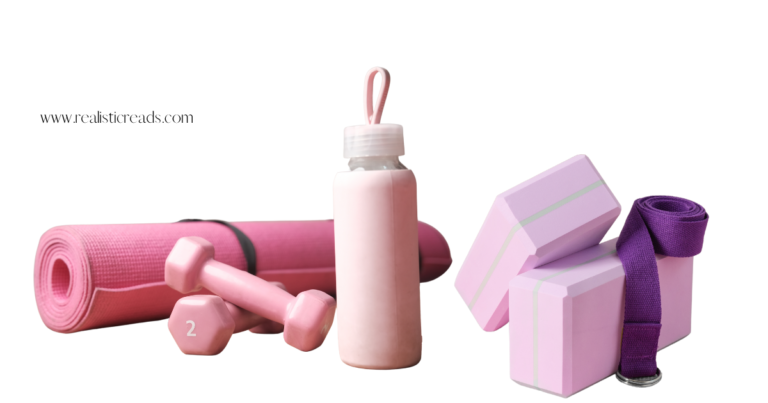
Fitness Goals
Your fitness journey can dictate the decision between Pilates and/or yoga. Your goals, whether centered on strength, flexibility, or control will direct your choices. Both exercises can fulfill your flexibility and strength needs in different ways.
Pilates has a series of repetitive strengthening exercises with a focus on core & pelvic alignment and stability. Different forms of yoga serve different fitness purposes, but the idea of mindfulness, restoration, relaxation as well as flexibility remain its core focus.

Impact and Intensity Level
The pace of an exercise routine is important to many people based on their comfort with the routine or their goals.
Some consider Pilates to be more fast-paced compared to yoga. You do not necessarily have to exclude yoga practices for the heart-pumping effect you are looking for. For example, Vinyasa yoga can be more fast-paced, and each form of yoga can become endurance-based when classes are picked based on your fitness level.
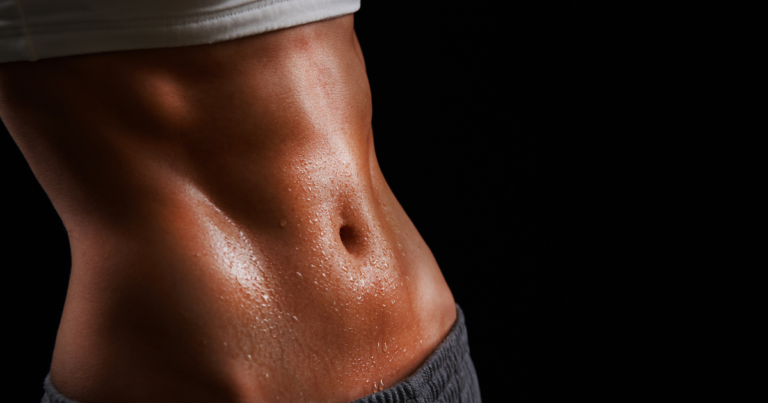
Structure
Form (ie, balance, posture) and focus are extremely important components of these two exercise routines. Form also plays an important role when it comes to the way Pilates and yoga exercises are structured. They each hold sequences and details that build into the benefits they provide.
A great example of structure is examining Pilates breathing vs yoga breathing. Breathing sequences in Pilates involve breathing into your nose and out through the mouth. Yoga breathing sequences require both inhalation and exhalation through the nose.


